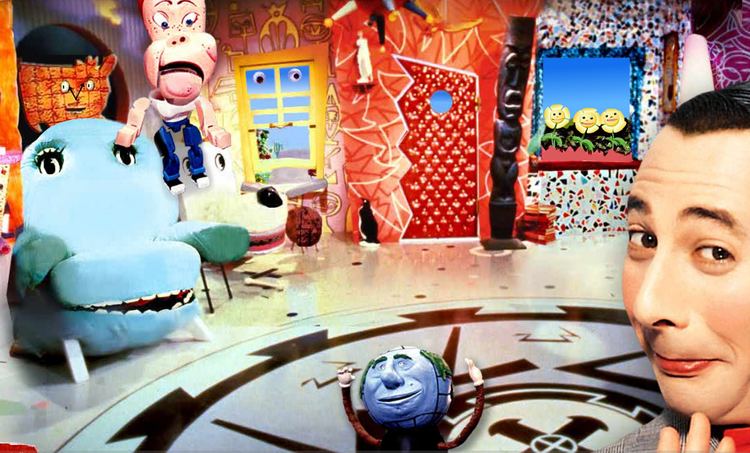What is Anthropomorphic Design and Where Have We Seen Anthropomorphism?
Remember Pee-wees Playhouse? This retro kids show took anthropomorphic furniture, fixtures and interior design to new levels.

Some people might even call it “cartoony.” This is because cartoons are notorious for using anthropomorphism. For example, Peppa Pig.

Same goes for video games, such as Sonic the Hedgehog.
/cdn.vox-cdn.com/uploads/chorus_image/image/66284488/Sonic_Mania.0.jpg)
So, what is anthropomorphism? Anthropomorphism is taking human characteristics and applying them to plants, animals, entities, and even inanimate objects. It doesn’t always have to be human either. Sometimes, animal traits can be applied to inanimate objects as well. This is shown through animations, television shows, kids cartoons, video games, storytelling, artwork, and of course, design!
Many contemporary, modern and retro anthropomorphic furniture & home decor is becoming more popular everyday. Of course, they aren’t full-on animated, but they do exhibit human and animal features doubling up as functional design.
In fact, more fine artwork, aside from old fables, new animations, and retro television shows, depicts this style.
One example is shown through artwork by artist Xandra Sammana. Her distinct artistic paint style combines both anthropomorphism and impressionism. Below is an oil painting on canvas board entitled Anthropomorphic Rocky Point Impressions created in Rocky Point, Sonora, Mexico.
Here is an example of an anthropomorphic and impressionist oil painting: Anthropomorphic Rocky Point Impressions:
You can see hidden in the rocky details beaming examples of mollusks, sea lions, fish, birds, even human faces. All of these creatures dominate this area of Mexico. Not only are they made to appear as natural rocks, sand, and algae, but they also shape and morph into human and animals characteristics simultaneously as well.
You can find Anthropomorphic Rocky Point Impressions | Oil on Canvas Board along with her other artwork, including suminagashi water marbling on her artist instagram page: @XANDRA.ARTIST
Anthropomorphism is evolving everyday – we expect to see this style becoming more popular, while remaining unusual, rare and eclectic among collectors. Perhaps, we will see more architectural developments in the realm of anthropomorphism in the near future!